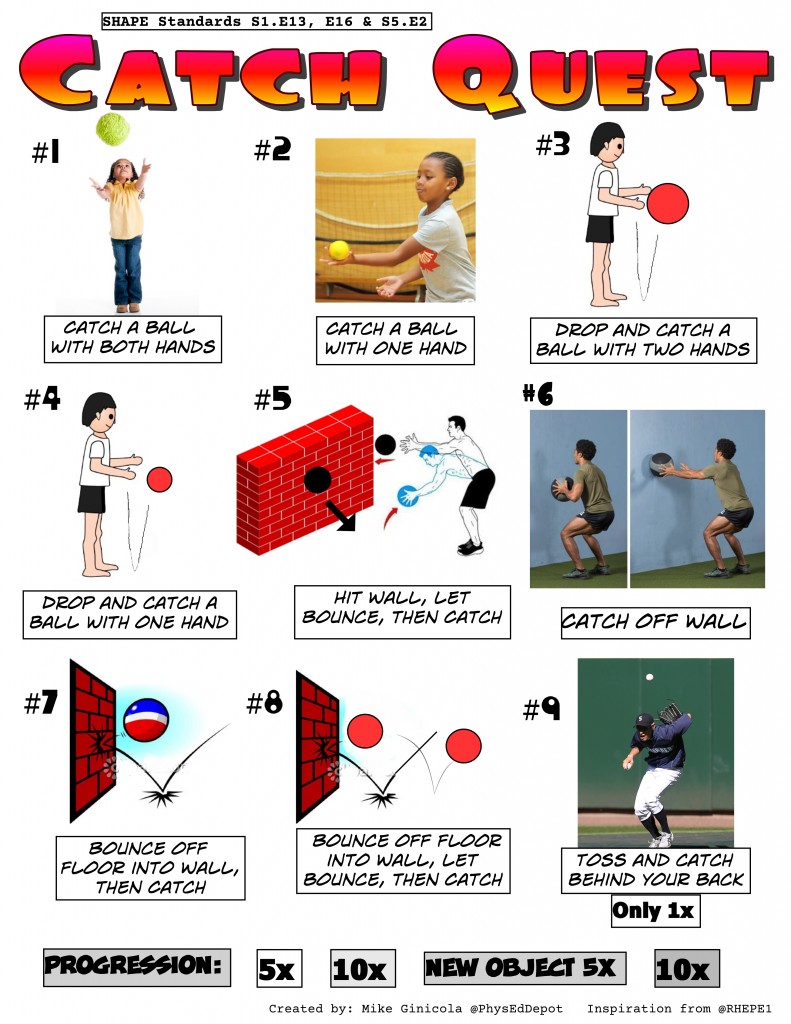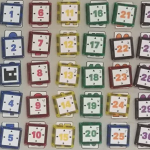Have you ever quit something after your first time experiencing it because it was either too simple or too challenging? I have, multiple times. In my personal life, the Rubik’s cube immediately comes to mind. Several years ago, I remember my friends were trying to teach me, yet they simply got frustrated when I wasn’t immediately understanding. They obviously weren’t meeting my needs, and I have yet to try the Rubik’s cube since. A couple years ago, I over-challenged myself at work. In addition to teaching full-time, I presented at multiple conferences, completed all four components in National Board Certification process, and led my school’s student council. The emotional toll it took on me was lasting. I needed to start saying “No.” Taking these on prevented me from having a good work-life balance.
Being appropriate challenged can make all the difference between pursuing something lifelong and giving up immediately, both for adults and students alike. These past experiences made me closely examine my teaching practice and how I am challenging students. Am I teaching ALL students in a way that meets their needs? Am I using developmentally appropriate progressions? Am I teaching objectives that are attainable, yet require students to reach? This is consisted the “Goldilocks” zone, or the “just right” challenge. Having taken on many challenges with my students in mind, ironically, my students were the ones who it hindered most.
Ways I ensure all students are motivated and appropriate challenged:
- Use my knowledge of students when planning. Psychologist David Ausubel states, “The most important single factor influencing learning is what the learner already knows. Ascertain this and teach him accordingly.” When designing lessons, I use previous observations and assessments to create activities that stretch just beyond their comfort zone. If the difficulty of the task is too low, the learner will lose interest. If it is too high, the learner will become frustrated and qu
 it altogether.
it altogether. - Incorporate “Gamification”: This idea turns abstract PE concepts into memorable activities. Similar to what makes video games so popular, I have students progressing through levels, collecting items, and achieving goals. By using this motivational approach, I have taken their interest in video games and incorporated in PE, but in a positive, active context. By way of example, I had students engaged in themed fitness stations of popular games (Fortnight, Minecraft, Lego). I had students progress through levels at each station, trying to accumulate points through various exercises and skills. I have never seen students more motivated!
- Use self-guided progressions: Students use self-progressions frequently, while demonstrating they can independently self-regulate themselves as learners. Students progress through multiple levels at their own pace, trying to achieve the highest level.
- Integrate frequent partner discussions: A few minutes into the lesson, I usually stop the class and have students discuss with a partner how they are doing relative to the objective. What are they doing well? What are they struggling with? What are their strategies to improve and meet the objective? This gets students to monitor their progress and set goals, while it provides me insight to how they are thinking and what I might be able to do to refine the activity to better meet their needs.
- Use self/peer assessments: I use Plicker magnets for students to privately self-assess their skills/behavior, as well as to answer questions that can demonstrate their understanding of a concept. Each student has their own magne
 t. As exit tickets, they rea
t. As exit tickets, they rea d the question on the projector and turn their magnet to the appropriate answer, and flip it so the QR code faces out. I then scan it using my iPad to get results. This immediate feedback helps me adjust and inform future instruction. Not only does it check students’ understanding, but also helps students track their own learning. Check out the magnets, as well as the free, printable Plicker Magnet templates.
d the question on the projector and turn their magnet to the appropriate answer, and flip it so the QR code faces out. I then scan it using my iPad to get results. This immediate feedback helps me adjust and inform future instruction. Not only does it check students’ understanding, but also helps students track their own learning. Check out the magnets, as well as the free, printable Plicker Magnet templates.
Regardless of the task, both adults and students want to be appropriately challenged. As teachers, we must think about how much we take on at school and at home. When we are fully rested, we have the best chance to plan and develop lessons that provide opportunities for all students to be in the “Goldilocks” zone.










Comments 3
Interesting
I love using games with students. Right now I am teaching a class of educators and the new lesson we did this week had the students create a game to help students learn fractions. It was amazing how much fun it was. I can’t wait to hear how this is implemented in the classroom.
These Plicker magnet things look awesome!
Your suggestions sound great for pretty much every content area! Good reminder.